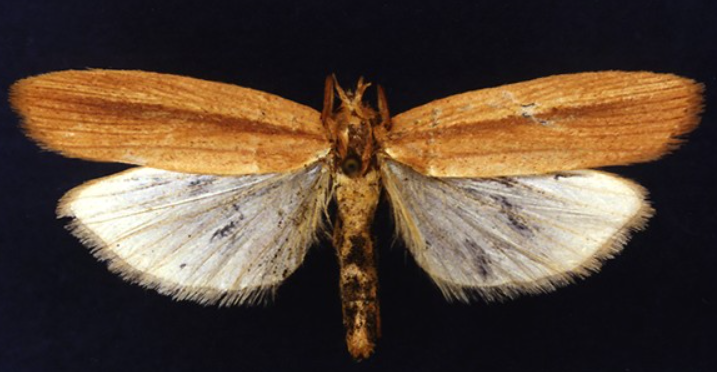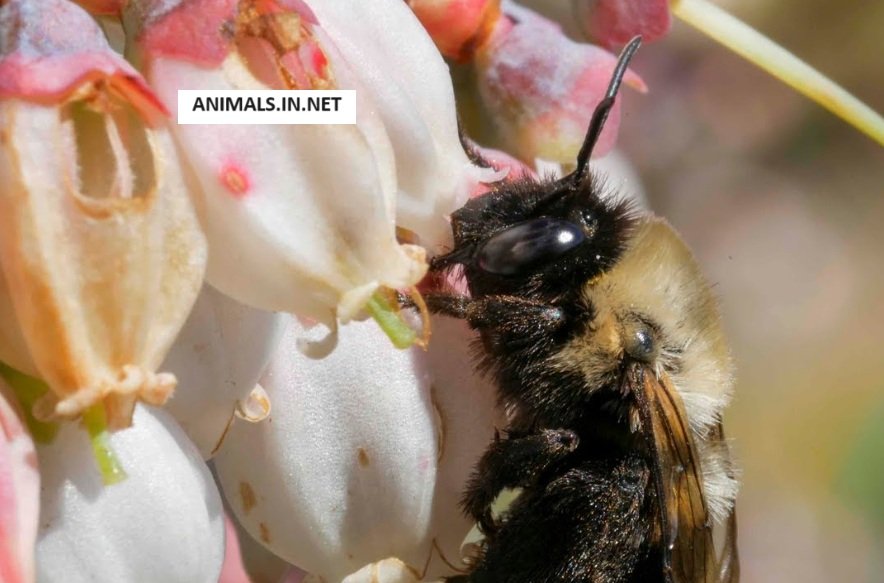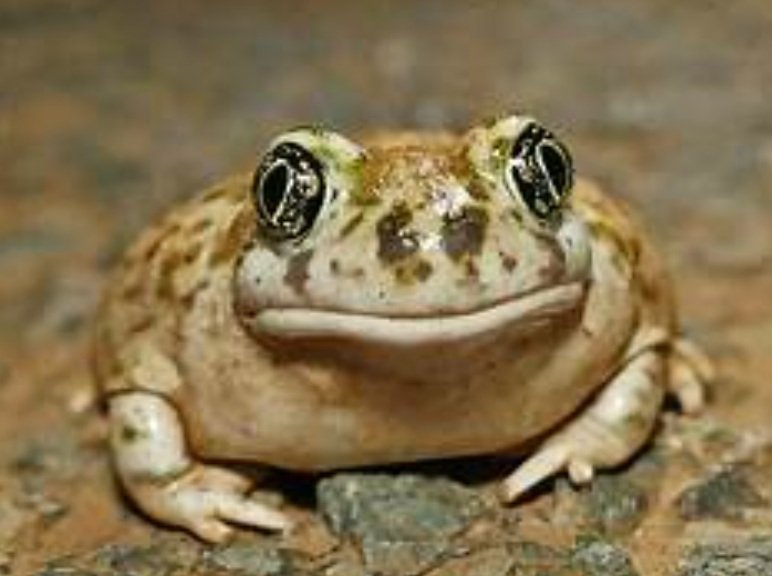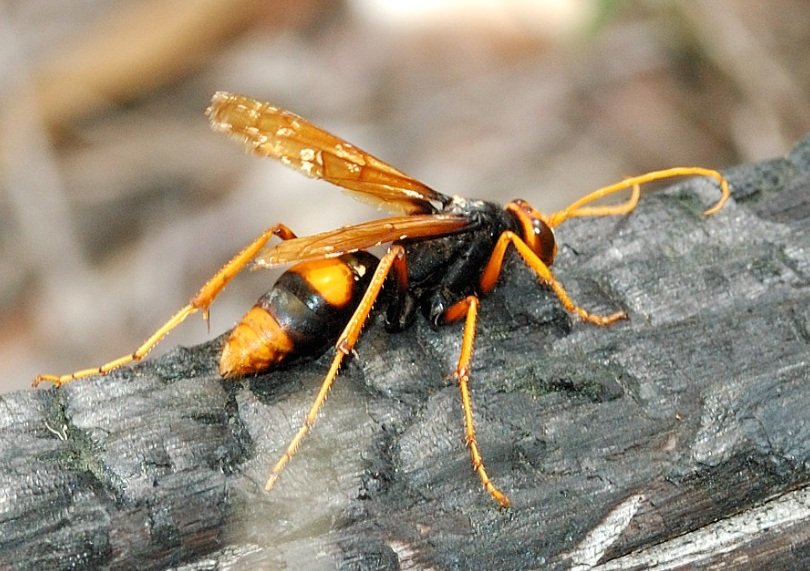
African Sugarcane Borer and its significance in the agricultural industry
One kind of moth endemic to Africa is the African Sugarcane Borer. Because it feeds on sugarcane and other crops and seriously damages agricultural areas, it is notorious for its destructive tendencies. Because this insect may result in significant financial losses, farmers in Africa are becoming more concerned about it.
Life cycle of the pest: different stages from egg to adult
The four stages of the African Sugarcane Borer’s life cycle are the egg, larva, pupa, and adult. The sugarcane plant’s leaves are where the female moth deposits her eggs, and the hatchlings that emerge from them pierce the stalks to feed on the plant’s tissues. The larvae weaken the sugarcane stalks and increase their susceptibility to diseases and other pests as they develop by boring tunnels within the plant.
Importance of monitoring the presence and population of the African Sugarcane Borer
The extremely adaptive pest known as the African Sugarcane Borer may survive under a wide range of weather conditions. It may become resistant to certain pesticides, which makes it difficult for farmers to manage its population. Crop rotation, biological control, and the adoption of resistant types are examples of integrated pest management techniques that are often utilised to lessen the harm this insect causes.
Economic impact of the African Sugarcane Borer on sugarcane production, both in terms of yield losses and control measures
Furthermore, in order to stop the African Sugarcane Borer from spreading and to lessen its effects on sugarcane output, routine monitoring and early infestation identification are essential. In Africa, a serious pest that has an impact on sugarcane crops is the African sugarcane borer, or Eldana saccharina. The damaging eating habits of this insect, which is endemic to the continent, have made it a serious problem for sugarcane growers. The influence of the African sugarcane borer on the sugarcane sector will be discussed in this article, along with some other pertinent information.
1. Physical characteristics of the African Sugarcane Borer
Pyralidae is a family of moths that includes the African sugarcane borer. It has forewings that alternate between light and dark brown bars, giving it a wingspan of around 20 to 30 mm. With a brown head and creamy white body, the larvae, also called borers, may grow up to 30 mm in length.
2. Different stages it goes through: egg, larva, pupa, and adult
Egg, larva, pupa, and adult are the four stages of the African sugarcane borer’s life cycle. In less than a week, the larvae of adult moths emerge from eggs laid on the leaves of sugarcane plants. Following their tunnelling, the larvae eat and develop within the sugarcane stalks. The duration of the larval stage varies according to the surrounding circumstances and might span many weeks. Within a few weeks after reaching complete development, the larvae pupate within the stalks and become adult moths.
3. Feeding habits of the African Sugarcane Borer, including the parts of the plant it targets
The most harmful stage of this insect is the larvae, or African sugarcane borer. Their significant harm to the vascular tissue occurs when they dig into the stalks of sugarcane plants. Because of their weakening caused by this feeding activity, the plants have less growth, less sugar, and are more susceptible to illness. Crop losses of up to 30 percent or more may occur from severe infestations.
4. Regions where the African Sugarcane Borer is commonly found
Several nations in sub-Saharan Africa, notably South Africa, Mozambique, Zimbabwe, and Kenya, are home to the African sugarcane borer. Because these weather conditions are ideal for sugarcane development, they favour warm, humid weather. Variables, including temperature, precipitation, and the presence of appropriate host plants, affect the pest’s range.

5. Various control methods, including cultural practices, biological control, and chemical control options
It takes a comprehensive pest control strategy to eradicate the African sugarcane borer. Farmers that grow sugarcane often use the following control strategies:
Utilising predators and parasitic wasps as natural enemies to lower the sugarcane borer population is known as biological control.
Chemical control: using pesticides to specifically target and destroy larvae. Mitigating the effects on non-target creatures and the environment requires careful scheduling and monitoring.
The adoption of resistant cultivars, crop rotation, and residue clearance are examples of cultural control methods that are used to control the population of pests.
Mechanical Control: Outbreaks may be minimised by using small-scale physical techniques such as hand-picking larvae and trapping them.
6. Research and Development in pest management techniques and their implications for controlling this pest
Searches for novel and long-lasting ways to control the African sugarcane borer are the main goal of ongoing research and development projects. Along with investigating biological control agents and ecologically friendly pesticides, this also involves the production of genetically modified sugarcane cultivars that are more resistant to the bug.
Implementing an integrated pest management approach to effectively manage the African Sugarcane Borer
Sugarcane harvests in Africa are being threatened by the African sugarcane borer. Because of its destructive eating habits, farmers may suffer significant financial losses. Reducing the insect’s negative effects on the sugarcane sector requires the use of effective management techniques, such as integrated pest control techniques. Future attempts to control the African sugarcane borer and safeguard sugarcane crops seem promising. Research and development work is still ongoing.


